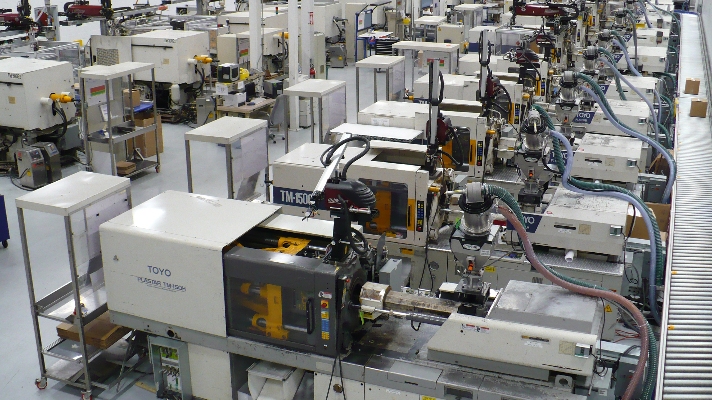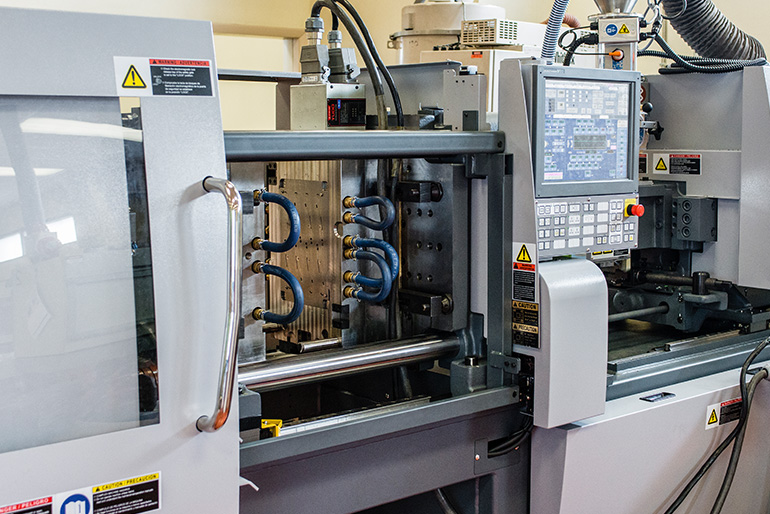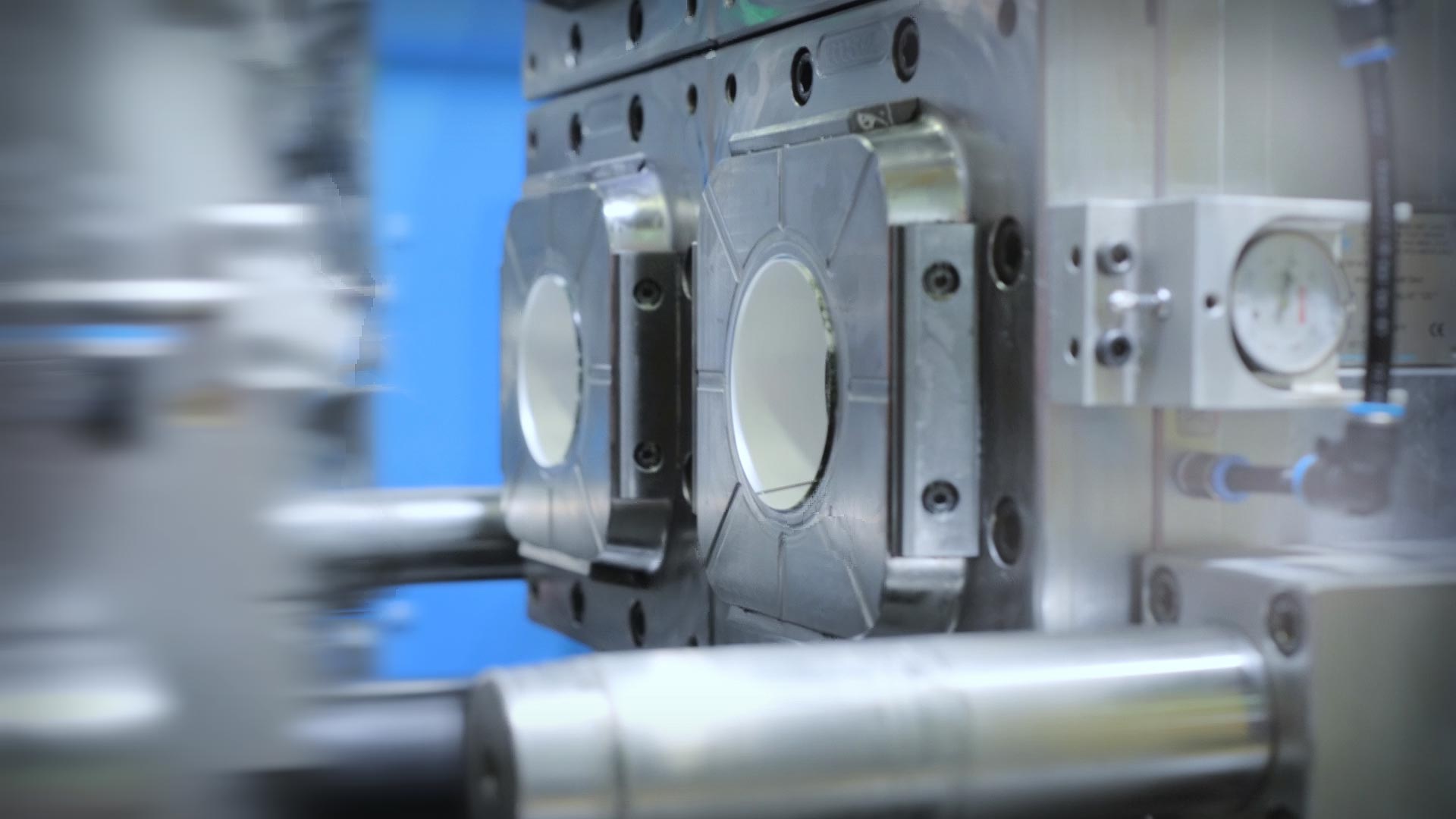The Impact of Plastic Injection Molding on Decreasing Production Costs and Waste
The Impact of Plastic Injection Molding on Decreasing Production Costs and Waste
Blog Article
Comprehending the Basics of Plastic Shot Molding Procedures
Plastic shot molding offers as a foundation of modern-day production, giving a systematic strategy to creating complex elements with precision. Discovering these vital components can disclose just how even small modifications can lead to considerable improvements in production end results, elevating questions concerning the capacity for innovation in this well established process.
What Is Plastic Shot Molding?
Plastic injection molding is an extensively utilized manufacturing procedure that transforms thermosetting and thermoplastic materials into exact and complex forms. This method is favored for its capacity to generate high volumes of the same components with outstanding accuracy, making it a crucial approach in numerous industries, consisting of automobile, consumer products, and clinical tools.
The procedure includes thawing the chosen plastic material and infusing it right into a mold under high pressure. The mold and mildew, developed to the specifications of the wanted component, allows the liquified plastic to materialize as it cools down and strengthens. As soon as the material has hardened, the mold and mildew is opened, and the ended up element is expelled.
Plastic injection molding provides a number of benefits, including decreased waste, uniformity in production, and the capacity to incorporate complex designs that might be challenging with other manufacturing approaches. In addition, it supports a broad variety of materials, each providing unique buildings that can be tailored for particular applications. As sectors remain to introduce, plastic shot molding stays at the forefront, enabling the advancement of innovative items that satisfy developing customer demands.
The Shot Molding Refine
The injection molding procedure is an innovative method that entails numerous vital phases to generate high-grade plastic elements. Originally, plastic pellets are fed into a heated barrel where they are melted into a thick fluid. This molten plastic is then injected under high pressure right into a precision-engineered mold, which forms the product into the wanted type.
When the mold is loaded, the plastic is enabled to cool down and solidify, taking the shape of the mold dental caries. Cooling time is important, as it impacts the cycle time and the final residential or commercial properties of the molded part. After sufficient air conditioning, the mold and mildew opens, and the ended up element is expelled making use of ejector pins.

Products Made Use Of in Shot Molding
Various materials can be made use of in the shot molding process, each offering distinct homes that cater to specific applications. One of the most generally used materials include thermoplastics, thermosetting plastics, and elastomers.

Thermosetting plastics, like epoxy and phenolic materials, undergo a chemical modification throughout the curing process, causing a rigid, inflexible framework. These products are perfect for applications calling for high heat resistance and structural stability, often utilized in automobile parts and electric insulators.
Elastomers, including silicone and rubber-based products, give flexibility and durability. Their special residential or commercial properties make them appropriate for applications that require flexibility, such as gaskets and seals.
Additionally, specialty materials like bio-based plastics and composites are getting traction for their ecological benefits and enhanced performance characteristics, expanding the range of injection molding applications visit this website in different markets. Comprehending the residential or commercial properties of these products is essential for selecting the proper type for specific projects.
Benefits of Injection Molding
Shot molding attracts attention as a very reliable production procedure that uses various advantages for producing complex get rid of accuracy. Among one of the most considerable benefits is the ability to develop detailed layouts that would be challenging or impossible to accomplish with other approaches (Plastic Injection Molding). The procedure enables tight resistances and in-depth functions, ensuring high-grade parts
Furthermore, injection molding is recognized for its fast production capacities, making it an optimal choice for high-volume production. When the mold is developed, parts can be generated rapidly, reducing preparations and like this enhancing total efficiency. This efficiency not just reduces manufacturing expenses yet also offers a competitive edge in the market.
The adaptability of materials used in shot molding further improves its allure. A variety of thermoplastics and thermosetting polymers can be used, enabling suppliers to select products that ideal satisfy their details requirements, consisting of warm, adaptability, and stamina resistance.
Moreover, the process decreases waste, as excess material can frequently be reused and recycled. This sustainability facet adds to a decreased ecological influence, making shot molding a responsible manufacturing option. On the whole, the benefits of shot molding make it a preferred method for numerous industries.
Factors Impacting Product High Quality
While many variables can affect item top quality in shot molding, recognizing these elements is crucial for attaining optimum outcomes. Secret elements include material selection, processing criteria, and mold design.
Product option plays a crucial duty, as various polymers show one-of-a-kind residential or commercial properties that affect flowability, strength, and thermal stability. Poor product selection can cause flaws such as warping or incomplete dental filling.
Handling specifications, including cycle, pressure, and temperature time, must be thoroughly managed. Variations in these settings can result in inconsistencies partially measurements and surface area coating. As an example, excessively high temperatures may create degradation of the polymer, while poor pressure can result in brief shots.
Mold and mildew layout is similarly important, as it figures out the flow of the molten plastic and the cooling process. Badly designed mold and mildews may bring about unequal air conditioning rates, causing residual stresses and dimensional errors.

Verdict
In conclusion, plastic shot molding offers as an essential manufacturing process that enables the efficient production of high-quality components. Proficiency of the shot molding process, including the understanding of products and the influence of numerous elements on item high quality, is vital for accomplishing optimal results. The advantages of this technique, such as cost-effectiveness and style versatility, additional underscore its value throughout several industries, strengthening its standing as a favored choice for high-volume manufacturing.
Plastic injection molding serves as a keystone of contemporary manufacturing, giving a systematic method to generating complicated components with accuracy.Plastic injection molding supplies a number of advantages, consisting of decreased waste, uniformity in production, and the capability to integrate intricate layouts that may be testing with other making techniques (Plastic Injection Molding). As sectors continue to introduce, plastic injection molding continues to be at the forefront, making it possible for the advancement of advanced items that meet advancing consumer needs
The injection molding procedure is an innovative method that entails several vital stages to create top quality plastic parts.In conclusion, plastic shot molding offers as an essential production process that makes it possible for the reliable production of top quality components.
Report this page